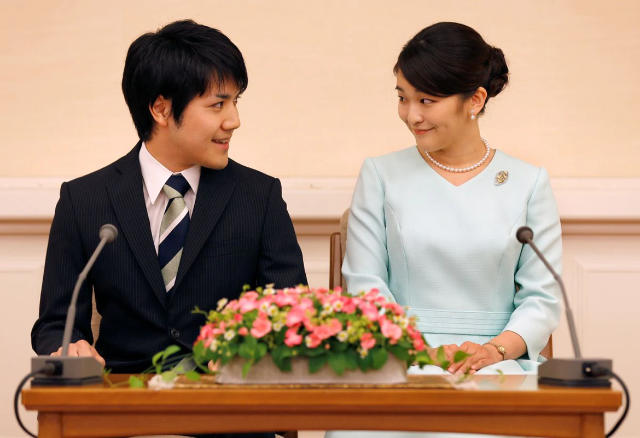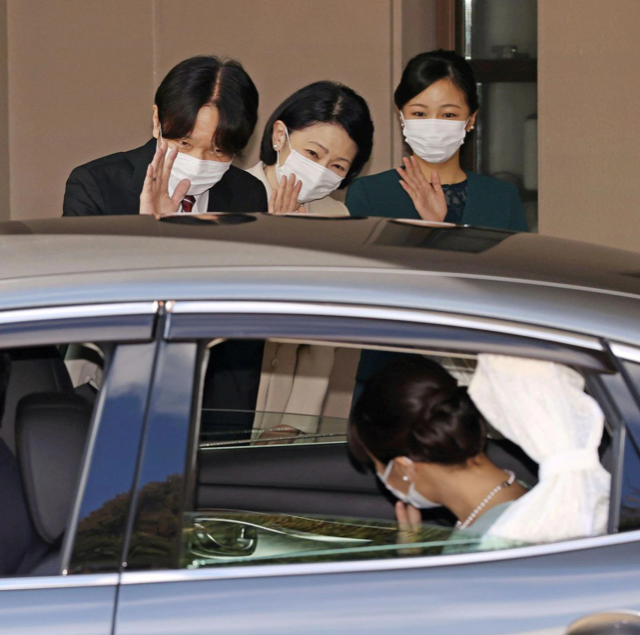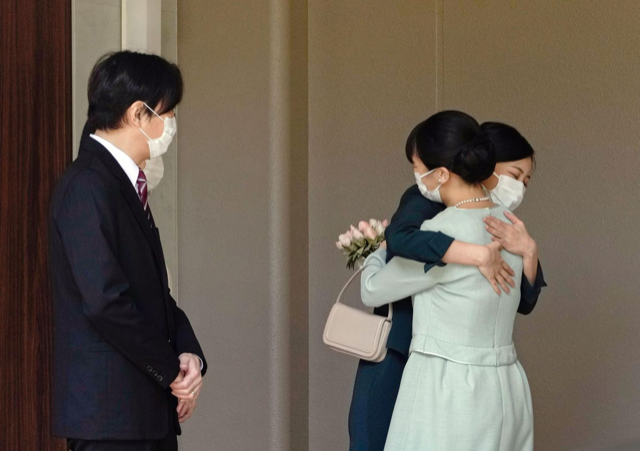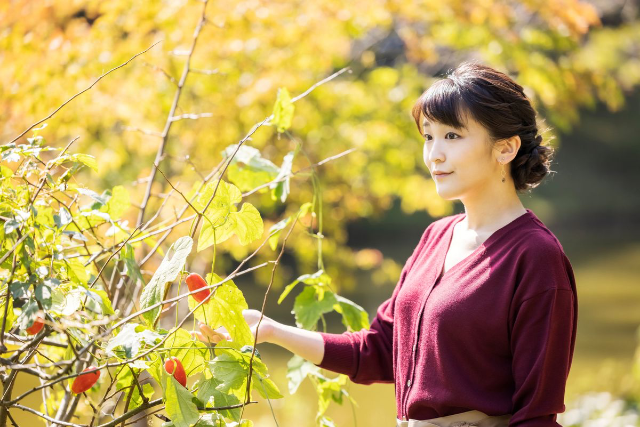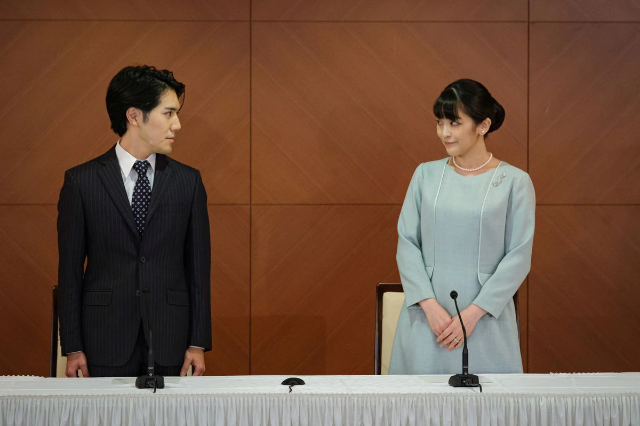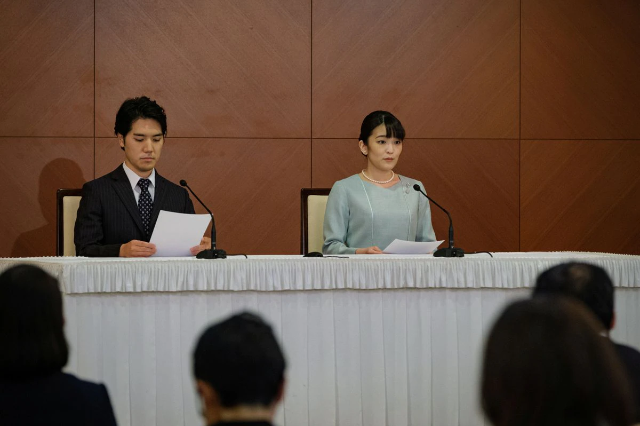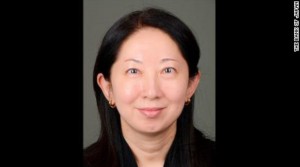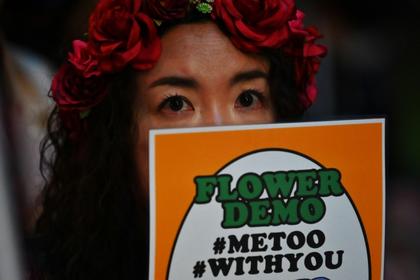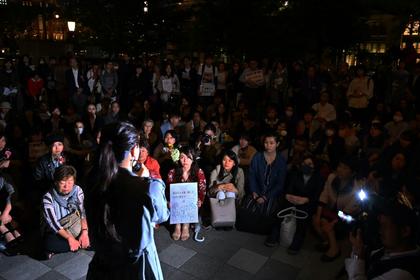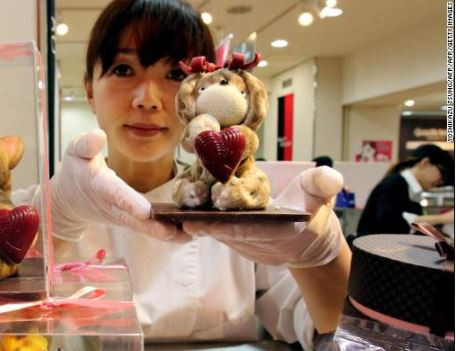Tosin Taiwo is the Founder of Street to School Initiative, a non-governmental organization which sponsors the education programs of disadvantaged young people in underserved areas, especially out-of-school, street kids and primary school drop outs.
She has 10 years of kindred experience in community intervention projects and youth engaging programs, Over the years, she has resonated to standing in the gap for children who cannot afford basic education programs. Tosin fundraises to sponsor out of school children back to school. At present, 280 young people have been supported to register freely for WAEC/NECO/JAMB/GCE examination, with many as graduates.
In ensuring the total well-being of children in the community she serves, her organization acts as implementing partner to the Embassy of Japan in Nigeria, to ensuring that Ikola Primary Health Care Centre is renovated and well-fortified with every necessary medical equipment. The Project was commissioned by the ambassador of japan in Nigeria, Amb. Yutaka Kikuta.
Tosin is the recipient of the United States Consul-General Award, an Alumnus of the United States Exchange Program International Visitor’s Leadership Program –IVLP in 2014.
The graduate of Computer Science from the University of Lagos, Nigeria, and Overall Best Corps member for
I grew up with a mum whose other occupation was supporting the education programs of children around us. My mum is the type that would see an out-of-school child and would ask why? At early age, the first time I heard the word GCE was when my mum got the form for a student in the church. She was doing all this, because she didn’t have the opportunity as a child to further her education after Basic 4 because of poverty. She remains the medical doctor the world never had.
So, yes, my childhood prepared me in lots of ways. No child deserves to be left behind in attaining quality education, no, not in this 21st century
Meet Me
I am a graduate of Computer Science from the University of Lagos, an advocate of education for all with 9 years of experience working directly with children and women in rural communities and under-served areas. In 2009, after some charitable project during my service year (NYSC) in Kogi State, I came back to Lagos to initiate a pet project named RESOURCE SHARING NETWORK (RSN), with an objective to pull resources together from friends, families and myself, (as I worked briefly in a Software Company) to make impact in the lives of under-served children in the society. From having two members, we grew to having more than 77 like-minded young professionals and matured adult who were willing to mentor and sponsor the education programs of young people in rural communities.
Motivation behind Street to School Initiative
The motivation to start a non-governmental organization was born during NYSC. Remember, I studied Computer Science with keen interest in database management, however, there was a paradigm shift when I left for service, there, I lived close to struggling youth and physically challenged students. I became more inclined and receptive to the needs of vulnerable young people around me, I spent more time mentoring young people and fundraising to get them basic educational materials and mobility aid appliances (wheelchairs, clutches) than I did at my primary place of assignment. At the end of the service year, there came the NYSC State honors award with support from the wife of the Governor.
Testimonials
Recently, one of our sponsored girls graduated with a CGPA of 4.06 from Tai Solarin University. She had been on our sponsorship program since 2012, and, paired with an amazing sponsor. She has been beneficiary to Full Scholarship from GCE through University education. In 2016, we had another GCE sponsored/mentored student graduating with a first class from Nnamdi Azikiwe University. At the primary education level, we have seen the transformational effect that education could bring to any child. At present, we run a tuition-free school for primary school drop-outs and out of school children in Alimosho LGA, and most of these children could neither read nor write the alphabet correctly when they joined us, however, today, it is a different story. In 3 years, we have had 3 sets of 20 previously out of school children transitioned from primary school to secondary school. Some of these children, used to be on the street running errands, others were usually locked up from prying eyes due to parents inability of paying school fees, some had worked in car wash zones etc. The exciting thing is that these kids are not where they used to be. We are so thankful for all our friends and child sponsors.

Renovation of Ikola primary Health care
Ikola Primary Health Care Centre was constructed during the Millennium Development Goals (MDGs) era, however, it was not equipped. And, sadly it was locked up for some years, in a community where there are more than 500,000 residents. In Ikola Community, we have witnessed the death of pregnant women who lost their lives when they could not access quality health care. Twice, we lost mothers of two of our pupils when medical help could not reach them on time. Again in 2017,one of our pupils, a 7 years old girl died in a church when the parents could not afford private hospital bill. These were death so many. So when we had the opportunity to request for one thing from the Embassy of Japan in Nigeria, we requested for the improvement on the existing primary health care center. We requested for provision of medical equipment so that the center could be fully operational, and our children (most especially) could have access to good health care. Thankfully, this project was approved, and on the 14th of September, we had the Ambassador of Japan visit Ikola community for project commissioning. It was a huge one for us.
Challenges faced
When we started our tuition-free school in 2015, our objective was to make school accessible for out of school children, in three years, we have been able to serve more than 200 pupils against our initial projection. Unfortunately, we have outgrown our school space. We hope to get a property of our own to build a bigger and more conducive school. We need funding to achieve this goal. Other challenges that we are faced with are: (a) Lack of Textbooks: Only 2% of the pupils have English and Mathematics textbooks while 98% do not have any of the recommended texts. Consequently, this makes teaching herculean, as children without textbooks may not be able to actively participate in the workbook and exercises illustrated in thereon (b) Food: many times we have had to make provision for children who come to school without breakfast nor school lunch. It is a difficult thing to expect a child to learn and learn well with an empty stomach.
Other projects and activities
Aside education sponsorship, we identify with children from poor homes who do not have basic educational items such as school bags, notebooks, stationaries, sandal, uniform etc, and we donate to them, accordingly. We do this annually, and this project is tagged “BAG-SWAP”. Usually, before the commencement of new academic session, we usually call out for neatly used school supplies and educational items from our friends off and on social media. This year, we had donations of neatly used notebooks, reading books, school bags, lunch boxes, clothing and water bottles that we were able to give out to children we do not have. We do this to motivate children towards learning.
Other activity include, “TEACHER APPRECIATION DAY”, this is done in commemoration of World Teachers Day, usually celebrated on 5th of October. This day is set apart to celebrate exceptional teachers from low cost schools and government owned schools in rural communities.
Greatest reward
The Yemisi Ransome-Kuti Leadership Award in 2017 presented during the 25th anniversary of the Nigerian Network of NGOs (NNNGO).
My organization in five years time
In five years, I see Street to School Initiative as a bigger institution with school branches in 5 other underprivileged communities in Lagos and beyond. I see Street to School Initiative in partnership with World Bank Africa, to execute child-centric projects to reduce the number of out of school children in Sub-Saharan Africa.
On giving up…
Yes, most of the times. Running an NGO, especially in Nigeria is overwhelming, then, running one without adequate funding is life threatening. These are times when sustainability plans fail, and there is nowhere to fall to than to look up unto God, who allow rules the affairs of men. Seriously, I don’t even understand why I am still in this sector. It has been draining however fulfilling to see the smiles from lives positively impacted.
My Inspiration
Every woman out there who is undaunted in their pursuit for excellence inspires me. I remember as a child, my favorite pages on any newspaper or magazines, are those pages where there are photographs of women leaders. I would look at them in admiration and silently wish that someday I would be on the pages of the newspaper too. ☺
Balancing the home and work front
This is something I am still learning how to do more efficiently and effectively.
I am a Woman of Rubies
The word ‘rubies’ was used in the Bible to describe something precious and of great value, same bible tells me that I am fearfully and wonderfully made. Literally, I am a woman of rubies, because the Bible tells me so. Just like Arnold Schwarzenegger said, I don’t pay attention to the rules, because nothing is impossible if I work hard.
Women in advocacy are not well appreciated…
I think that women in advocacy are not well appreciated as they ought to in this part of the world. Undoubtedly, it takes a lot of selflessness and painstaking commitment to champion a cause or policy.
We are hopeful for improvement, as the biggest room in the world is the room for improvement.
